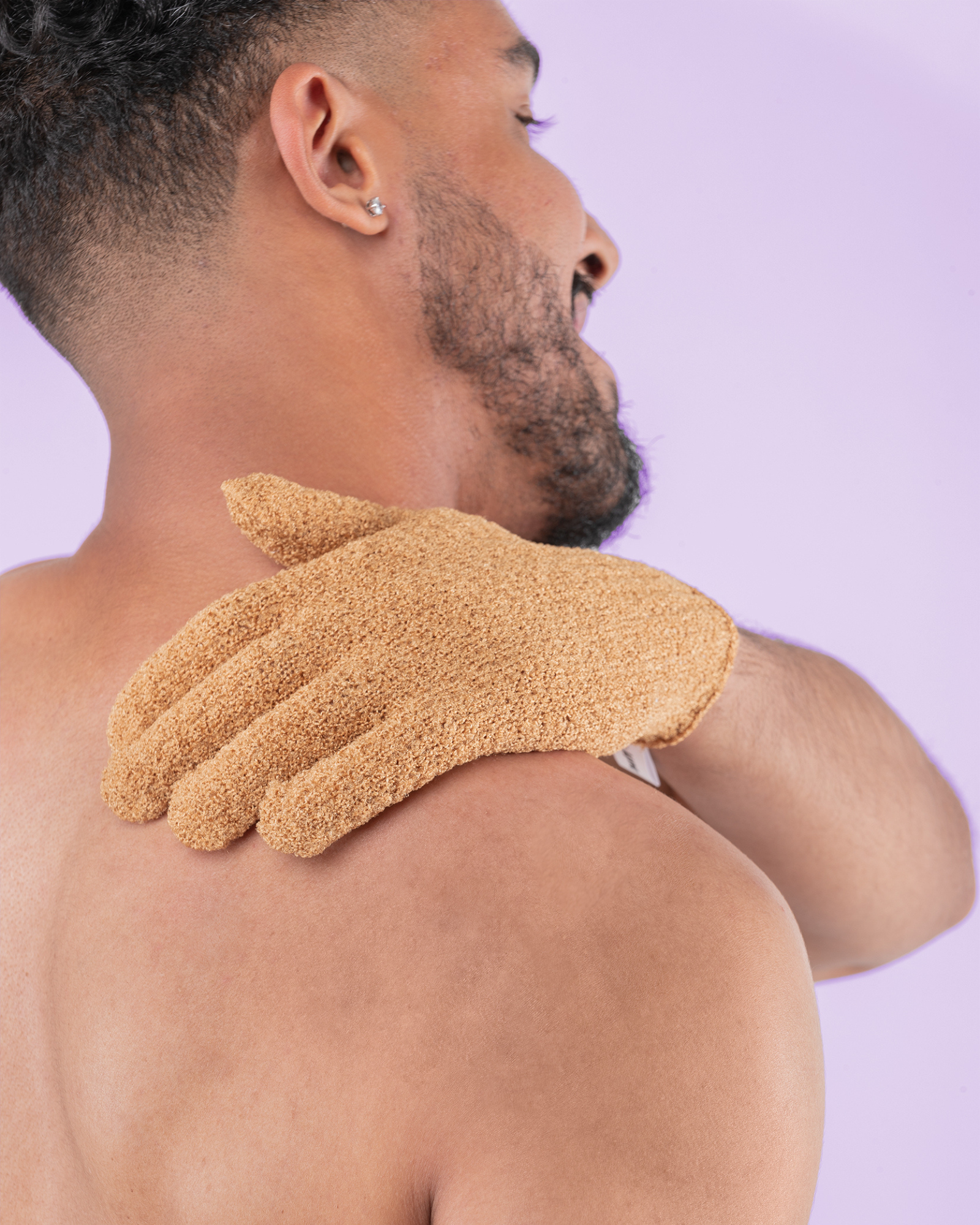Have you ever looked at your legs or armpits after shaving and thought- what are these bumps? Well, there's no need to be alarmed. Pseudofolliculitis barbae, or razor bumps, are harmless. However they are annoying, so let’s tackle them at the source.
What is Pseudofolliculitis barbae?
This name may sound complex and scientific, but the meaning is simple - razor bumps. These pesky bumps can grow on skin that's shaved regularly.
How do razor bumps manifest?
You’re more at risk of getting razor bumps if you shave with a blade razor rather than an electric trimmer. They are also typically more common in men and people of African descent or with tightly coiled hair. This is why you may not get any razor bumps on your legs but do on your bikini line. The hair is often thicker and more coiled in this area.
When you shave, you cut off the top part of the hair follicle but leave the rest under the skin. This differs from waxing or sugaring, where the entire hair follicle is removed. With coiled thick hair, the follicle can sometimes grow back under the skin, get trapped, and result in red or skin-colored bumps. These are what we call razor bumps.
How does Pseudofolliculitis barbae differ from Folliculitis barbae?
While Pseudofolliculitis barbae causes red or flesh-like bumps, Folliculitis barbae will present as painful or pus-filled bumps. Folliculitis barbae stems from an infection and can lead to scarring and areas of permanent hair loss. Therefore, you should seek professional treatment and will often be prescribed topical or oral antibiotics.
Treatment for Pseudofolliculitis barbae Razor Bumps
Razor bumps typically heal themselves in a few weeks. However, you can moisturize to avoid scarring after the bump has gone away and speed up the process. Using a serum or cream, like cortisone cream or an exfoliating solution can also help speed up the healing process.
Avoiding Razor Bumps in the Future
There are a few tried and true methods to avoiding razor bumps the next time you shave. While for some people, a bit of razor burn is inevitable, these tips can help reduce the chance of razor bumps appearing.
- Exfoliate- Use a manual scrub on the area you want to shave before going in with a razor. This ensures that the dead skin is removed from the surface of your skin, allowing the hair to sprout evenly above the surface. Our SRSLY Buffed Dry Brush is a no-mess no-brainer for manually exfoliating skin.
- Treat- After shaving, make sure to keep skin clean. Oil and dirt on the skin is a recipe for irritation and razor bumps. Try our Glycolic & Green Tea 3-in-1 Exfoliating Pads for Body to prevent razor bumps from cropping up in the future.
- Sharp Blade- Change the blade on your razor when it starts to dull. A sharp razor will glide over your skin without irritation, but a dull razor can tug and nick your skin.
- Shave Toward Hair Growth- We’re taught to shave against the hair to get a close shave. However, if you have sensitive skin that’s prone to razor bumps, shaving in the direction of hair growth will result in less irritation.
Care for Your Skin
Razor bumps are nothing major to worry about and can be solved with a few tips and tricks. Exfoliate, treat, and care for your skin and you’ll be good to go.

